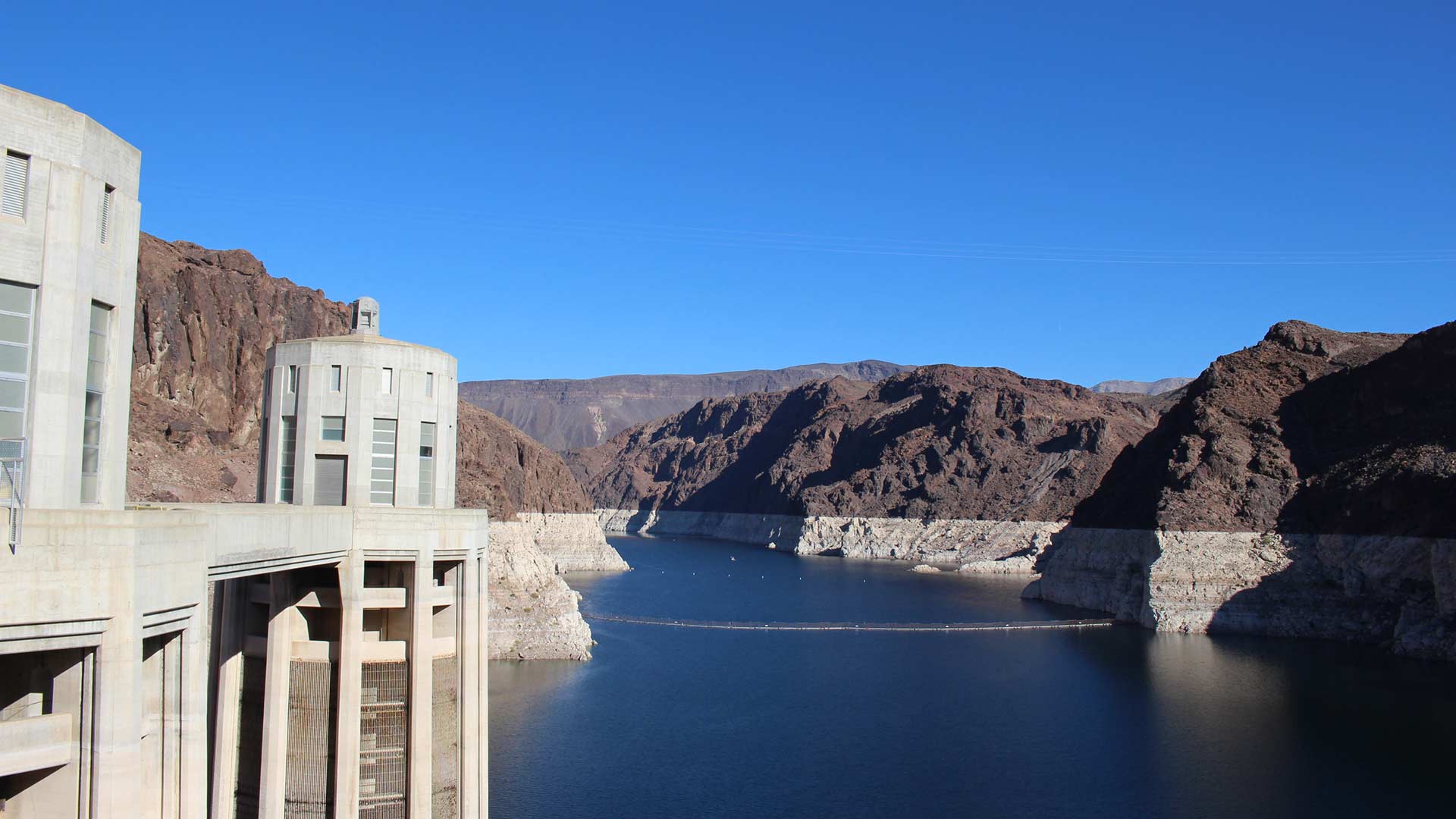 Lake Mead outside Las Vegas, Nevada, serves as the Colorado River's largest reservoir and a key water source for Arizona, California, Nevada and Mexico.
Lake Mead outside Las Vegas, Nevada, serves as the Colorado River's largest reservoir and a key water source for Arizona, California, Nevada and Mexico.
Luke Runyon/KUNC
The U.S. government has released projections that indicate an even more troubling outlook for a river that serves 40 million people in the American West.
The grim outlook Wednesday from the Bureau of Reclamation comes after it recently declared the first-ever shortage on the Colorado River.
That means Arizona, Nevada and Mexico get less water than normal next year.
By 2025, the agency says there's a 66% chance Lake Mead, a key reservoir for river water, will fall to a level where California's supply also will be reduced.
The projections also say hydropower could be affected as early as next July at Glen Canyon Dam, which holds back Lake Powell, another key reservoir.

By submitting your comments, you hereby give AZPM the right to post your comments and potentially use them in any other form of media operated by this institution.